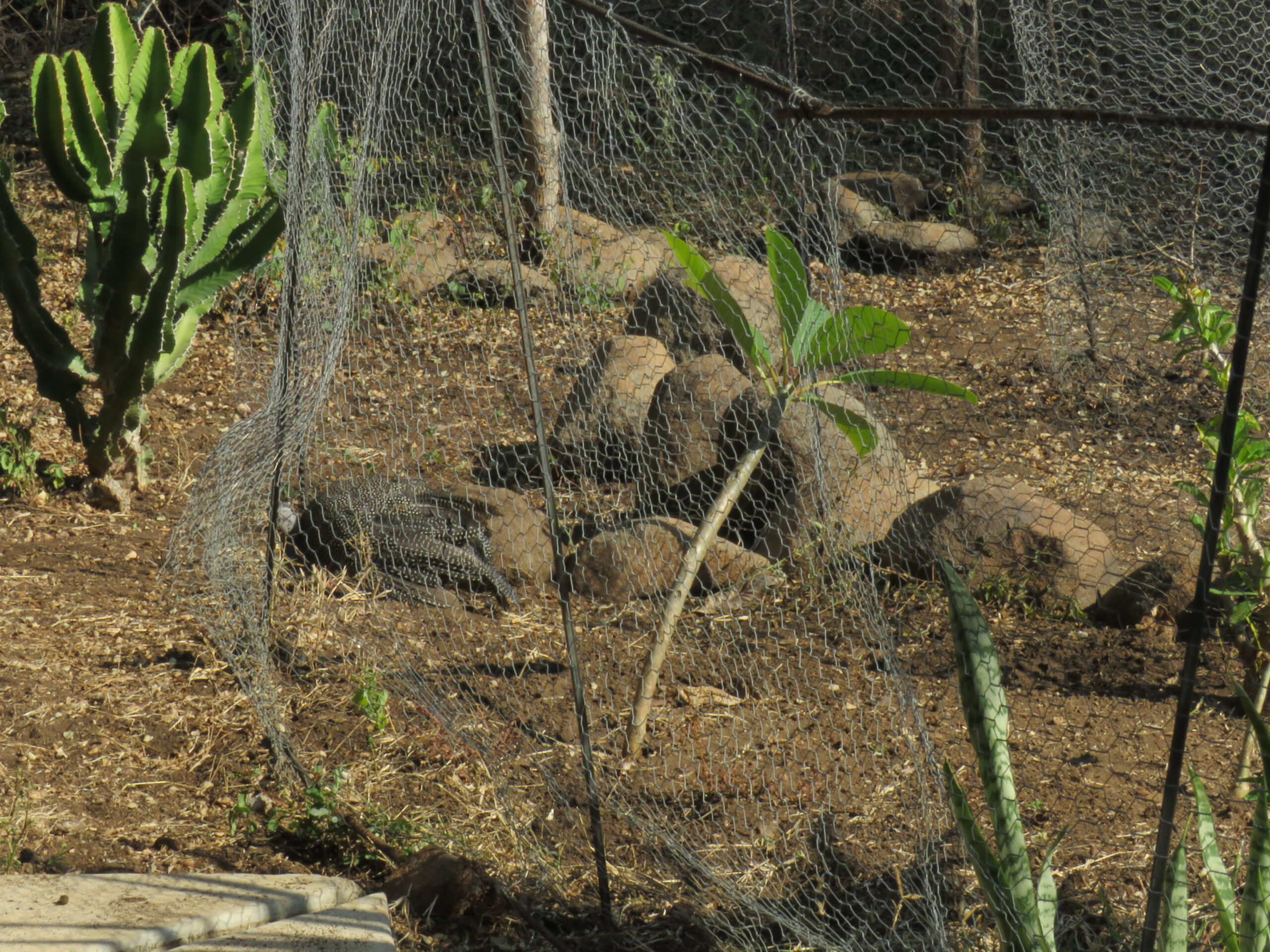
- Galapagos Facts:
- “Hunted as food by pirates, whalers, and traders from the 17th through the 19th centuries, between 100,000 and 200,000 Galápagos tortoises are estimated to have been killed off. Tortoises were also hunted for their oil, which was used to power lamps.”
- Fray Tomás de Berlanga – The world first heard about Galapagos more than 470 years ago. The Dominican friar, Fray Tomás de Berlanga, Bishop of Panama, was the official discoverer, arriving on March 10, 1535. Currents inadvertently drove Fray Tomás towards Galapagos after he had set out from Panama on his way to Peru.”

“This Is the World’s Most Unusual Post Office
On a remote island in the Galápagos, tourists become mail carriers.
The Galápagos are better known for their sea lions and penguins than postal service. But the island of Floreana operates a unique stampless system of sending mail from one of the world’s most diverse, uninhabited areas.

Long before ecotourists annexed the remote islands off Ecuador’s coast, it was a pit stop for 18th-century whalers traversing the oceans. After months or even years on the job, the homesick seamen came up with an ingenious system of getting letters to their families. They erected a barrel on Floreana Island and left their mail for sailors on passing ships to deliver.


The first mention of the post office appears in the Journal of a Cruise, Captain David Porter’s account of his 1813 trip to the Galápagos, according to a timeline crafted by John Woram, author of Charles Darwin Slept Here. In his book, Porter recalls a crew member returning with papers “taken from a box which he found nailed to a pot, over which was a black sign, on which was painted Hathaway’s Postoffice.”
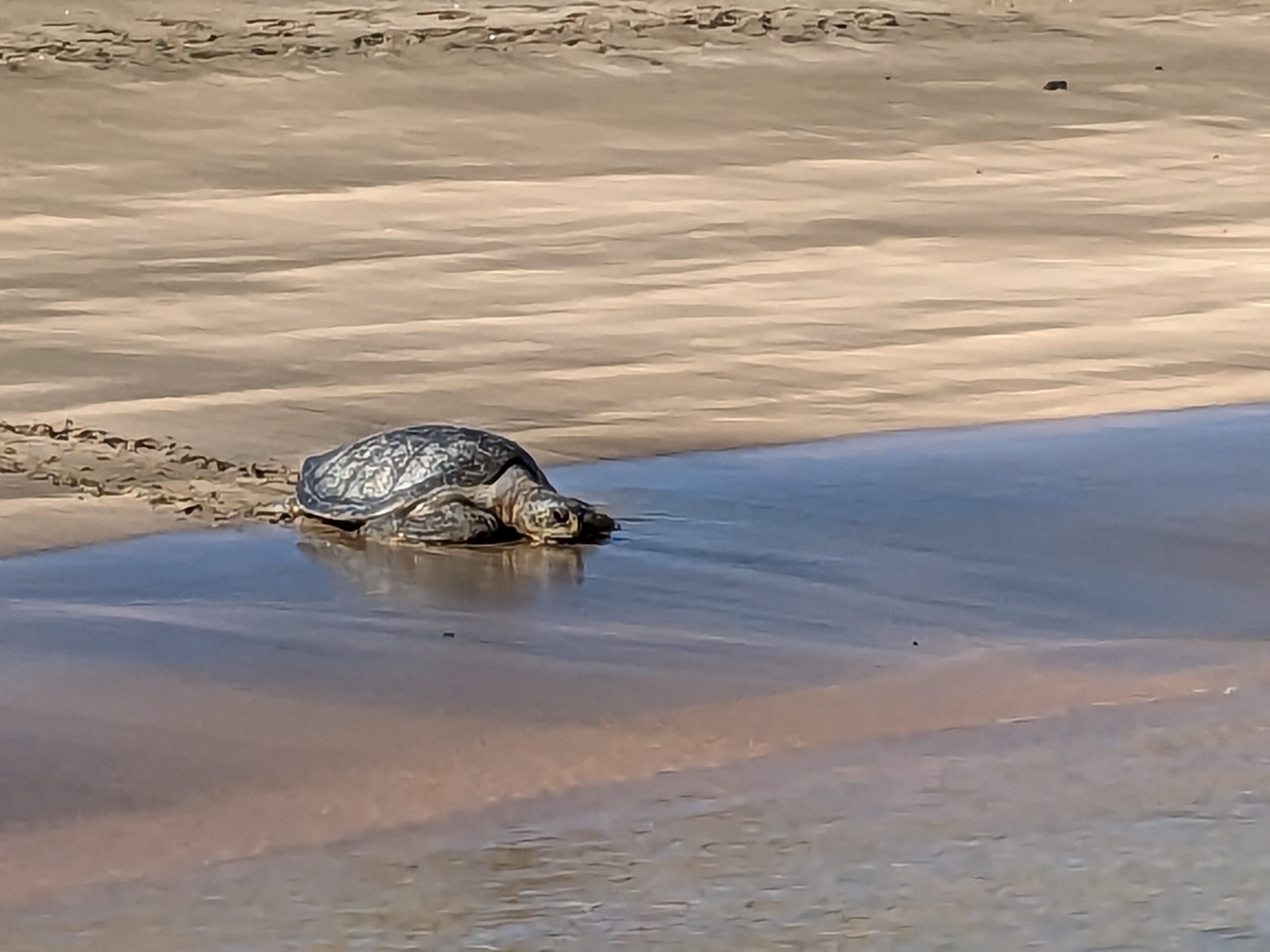

Twenty-five years later, another explorer documented the practice of bottling notes and leaving them to be taken back to America by fishing vessels. Those same fishermen “would never fail, before their departure, to touch at this island to take on a supply of tortoises.” The consumption of giant sea tortoises during this period is one of the reasons why Charles Darwin found none left on Floreana Island when he arrived in 1835.

This unconventional system has persisted into the 21st century. Today, thousands of letters pass through Post Office Bay. Tour groups often stop at the island to explore the ancient lava caves and to pick up and drop off postcards.

The simple wooden barrel is covered in notes and keepsakes from travelers passing through in what resembles a glorified birdhouse. The origins of the first barrel are opaque, but it may have come from a crew in the 1890s. Since then, the barrel has been replaced by visiting vessels from around the world. Over the years, driftwood bearing painted names and dates has been piled around the site to commemorate long-ago letter deliveries.

After visitors sift through the mail and collect letters going to a home near their final destination, they can mail or, preferably, hand-deliver letters to the recipients. Tour guides are known to say that slapping a stamp on the letter and dropping it in a mailbox is cheating—though the 18th-century whalers likely wouldn’t object to any method that saw their letters delivered.”

Thus, when Tom rifled through the postcards waiting to be picked up and delivered, he found one from Port Elizabeth, South Africa. He took the card, and we plan to mail it to the recipient when we get to Marloth Park, including a card with our information in case people who receive it would like to chat. That will be fun! We’ll report the results here at the time.


Although I haven’t been on one excursion since we started this cruise, I am having a good time. Each time the 15 passengers, including Tom, return to the boar from the two to three excursions daily, I am thrilled to see them and love hearing their adventures and stories.

And, of course, Tom is bursting with enthusiasm each time over what he’s seen and taken photos of for me to see and share. There are only so many animals on these unique islands, and repetition is unavoidable, but each shot holds its intrigue and interest, particularly to the animal love that I am.

Once they go out again for a few hours, I find myself totally at ease, enjoying the gentle rocking of the boat and the visits from any of the 12 staff members who stop to chat and say hello. One of the two naturalists, Orlando, has been sending his unique photos of the day to my WhatsApp account, which I will share in one fell swoop toward the end of the cruise. There’s certainly no shortage of photos around here.


Today, Wednesday is the halfway point of this cruise, and it will end on Saturday when we fly back to Quito for two more days and one more night. But we have so much to look forward to our upcoming stay in Mirador San Jose Province, Manabi, Ecuador, until January 8, 2024.
Tomorrow, we’ll share details of Charles Darwin and his worldwide influence on The Galapagos Islands, one of the planet’s most exciting and wildlife-rich spots.
Be well.
Photo from ten years ago today, October 18, 2013:







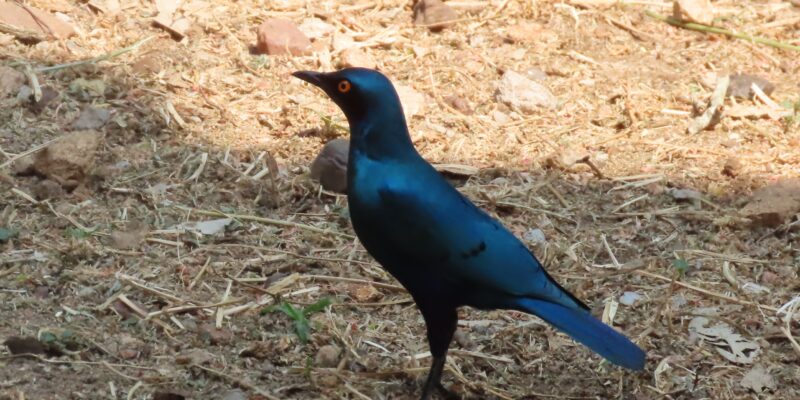
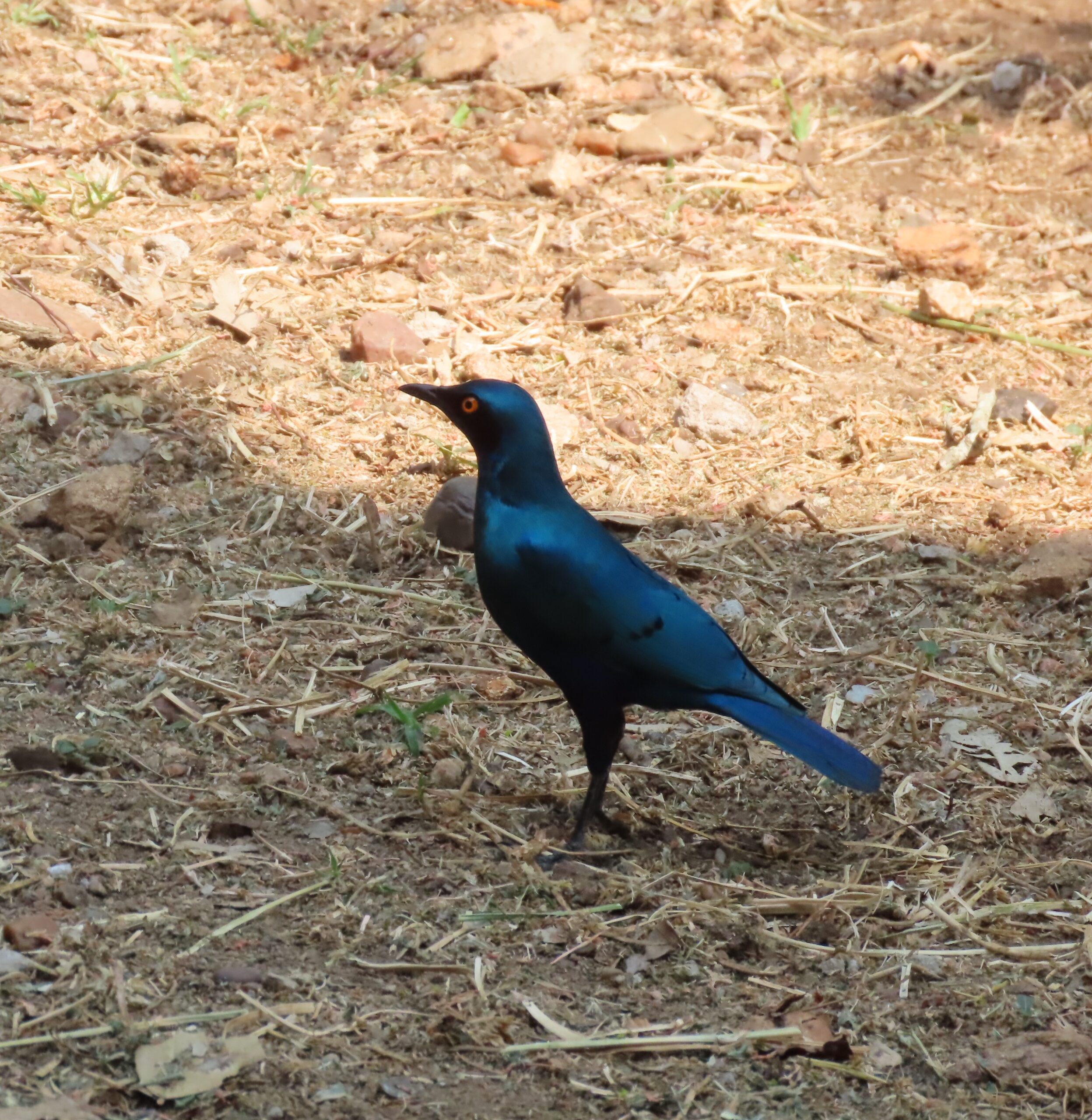
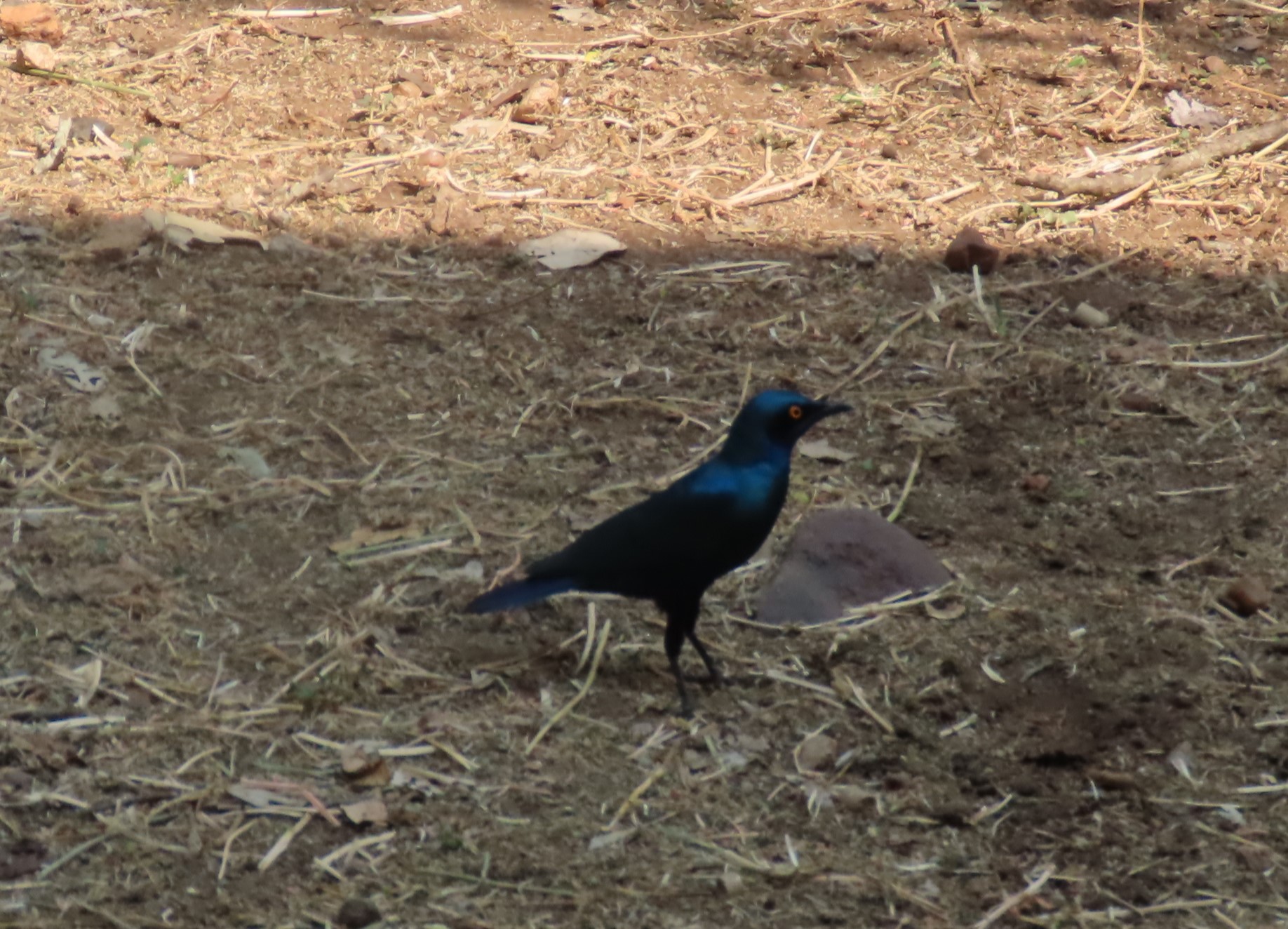

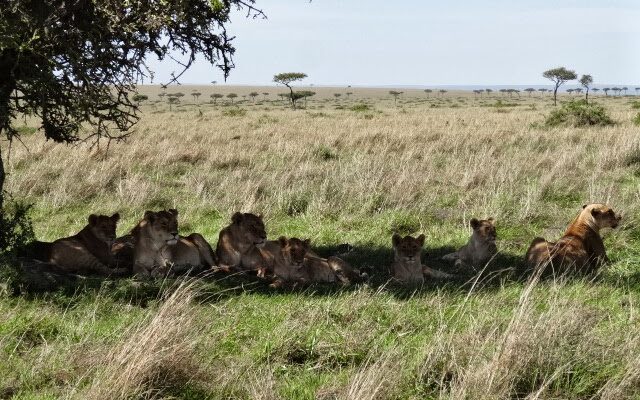
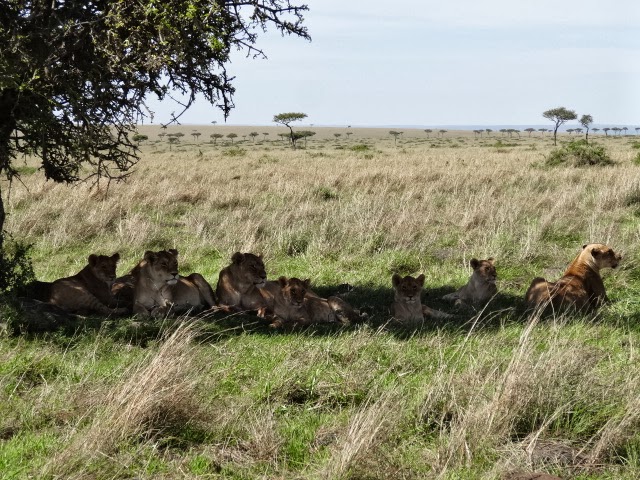











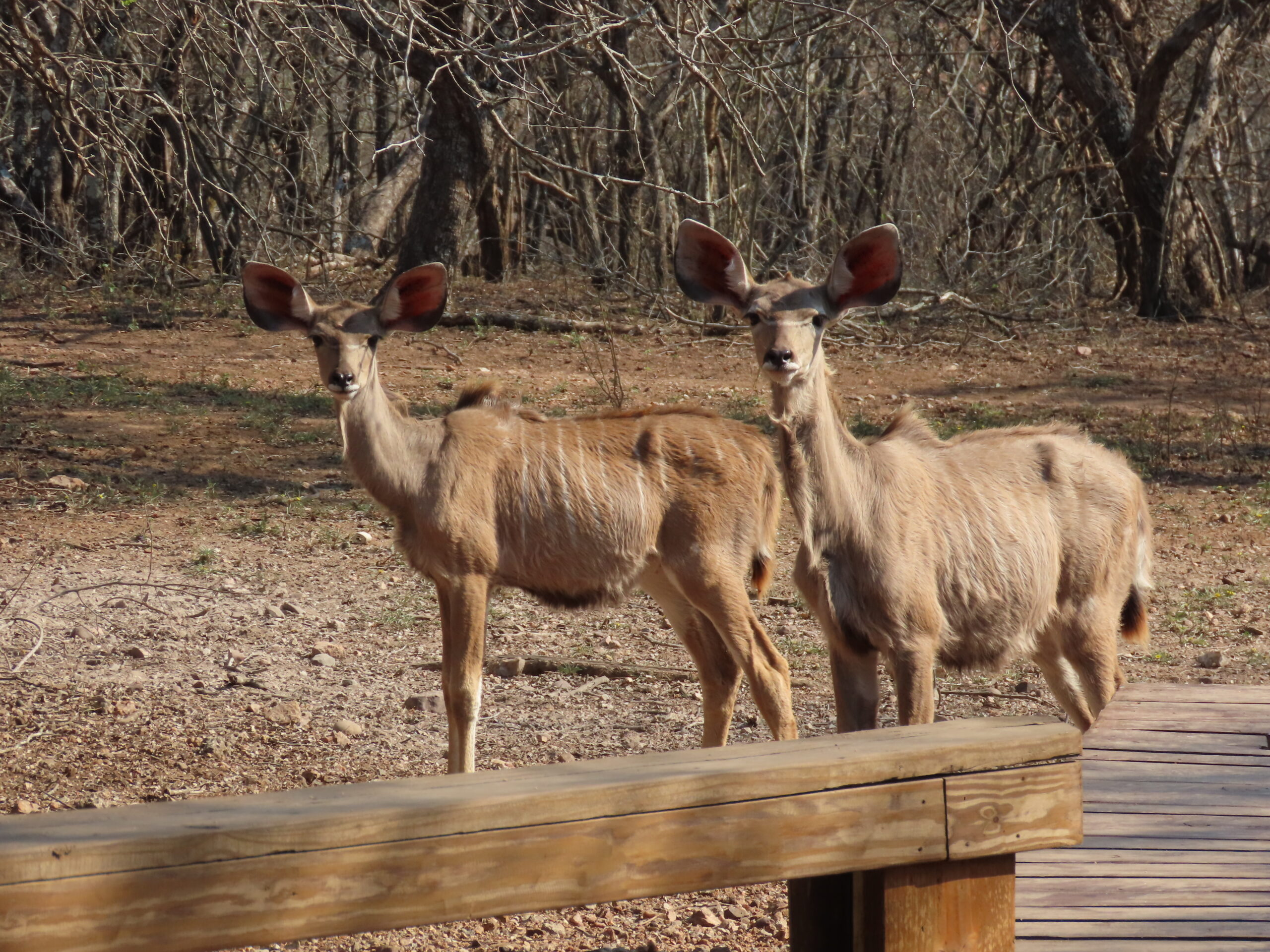
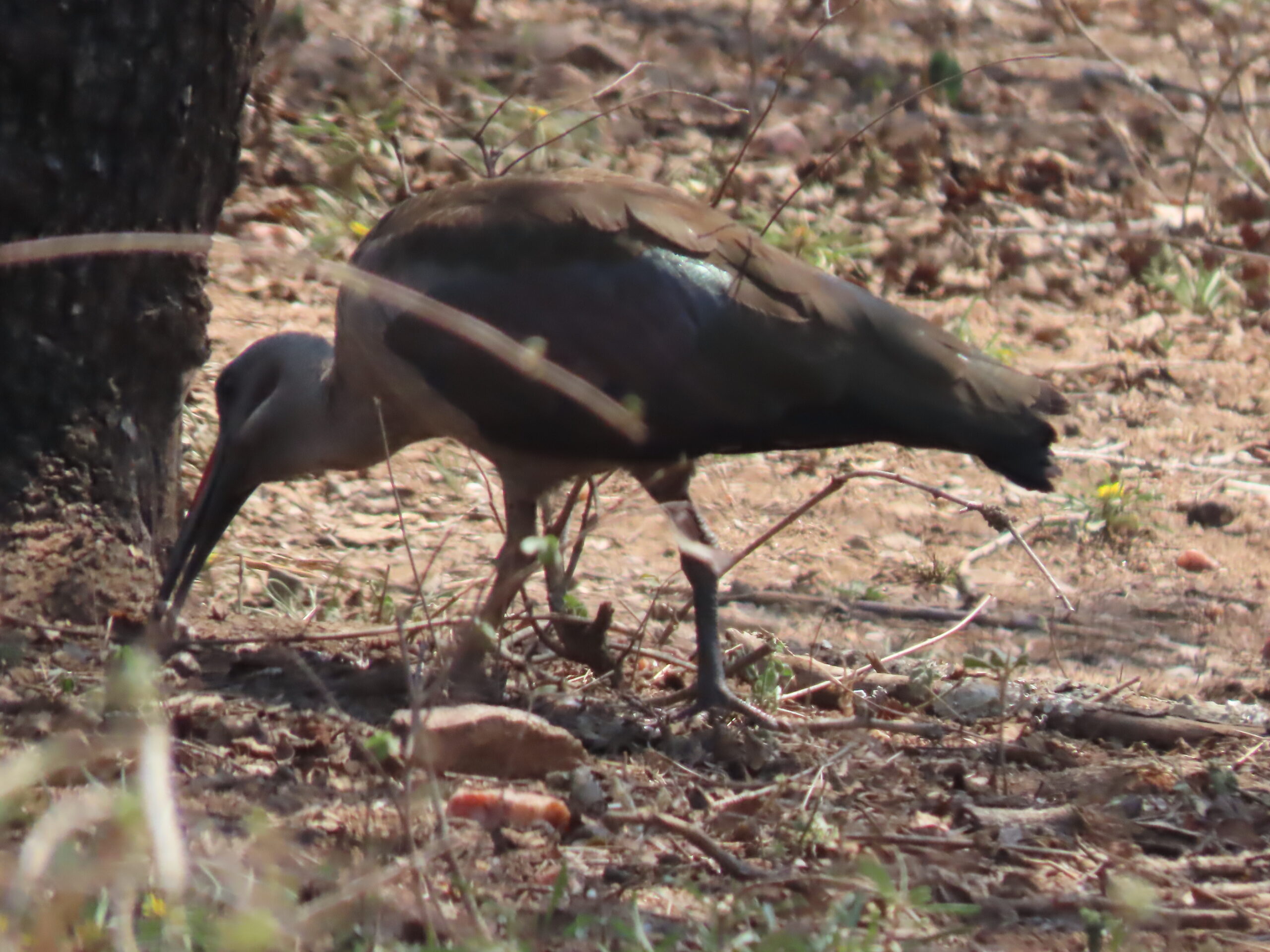



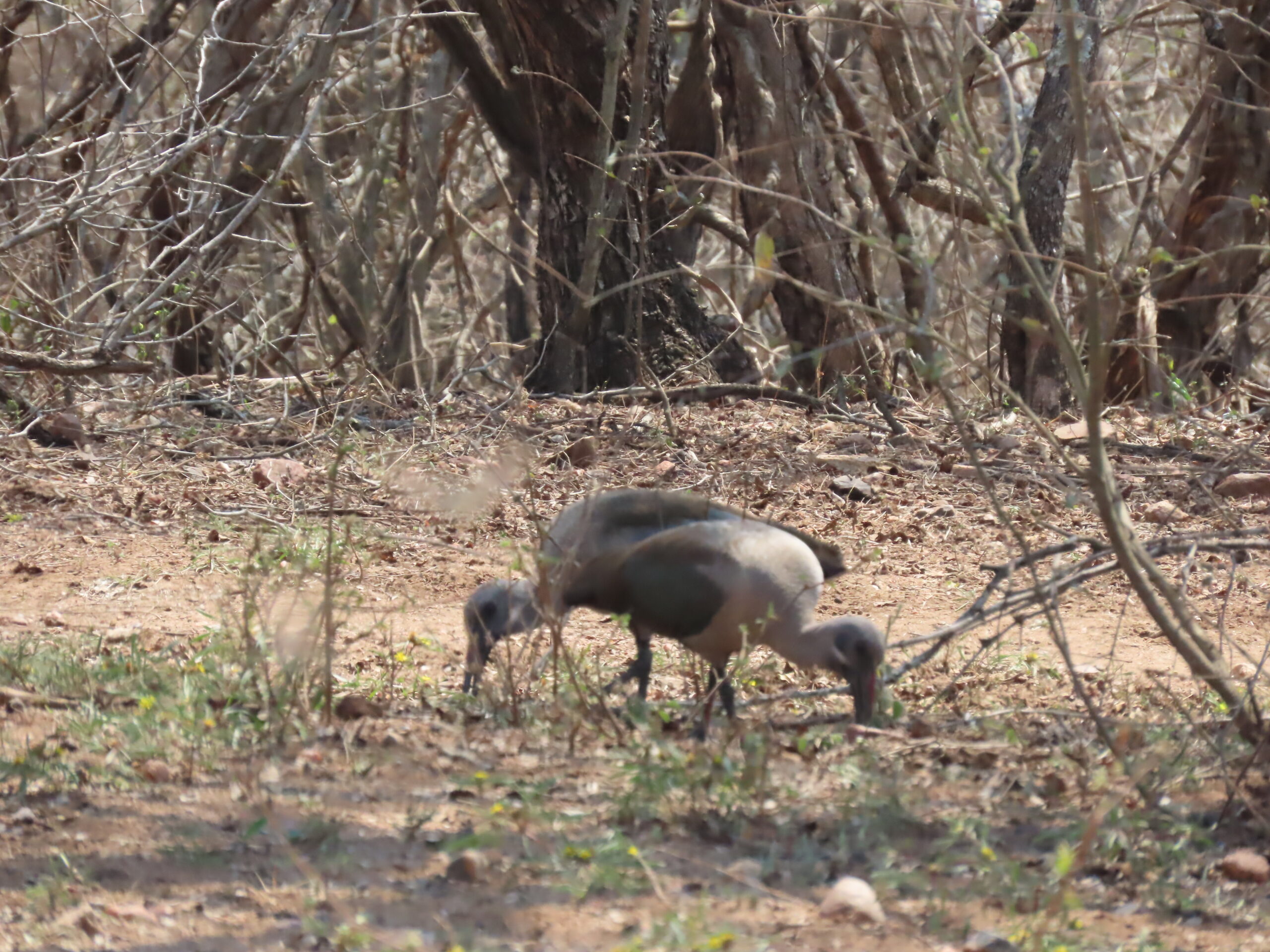

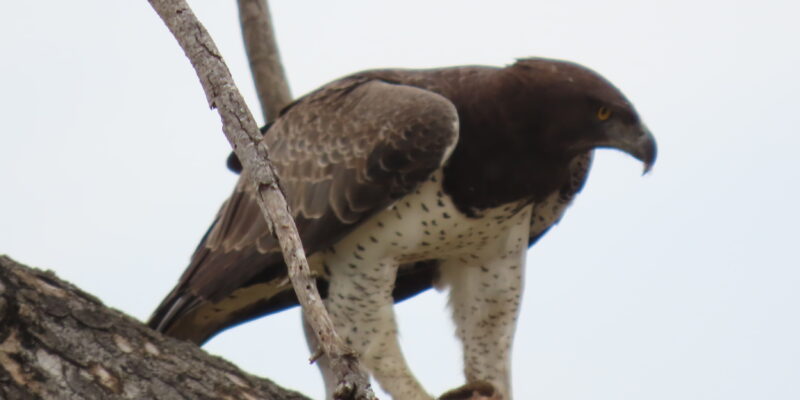
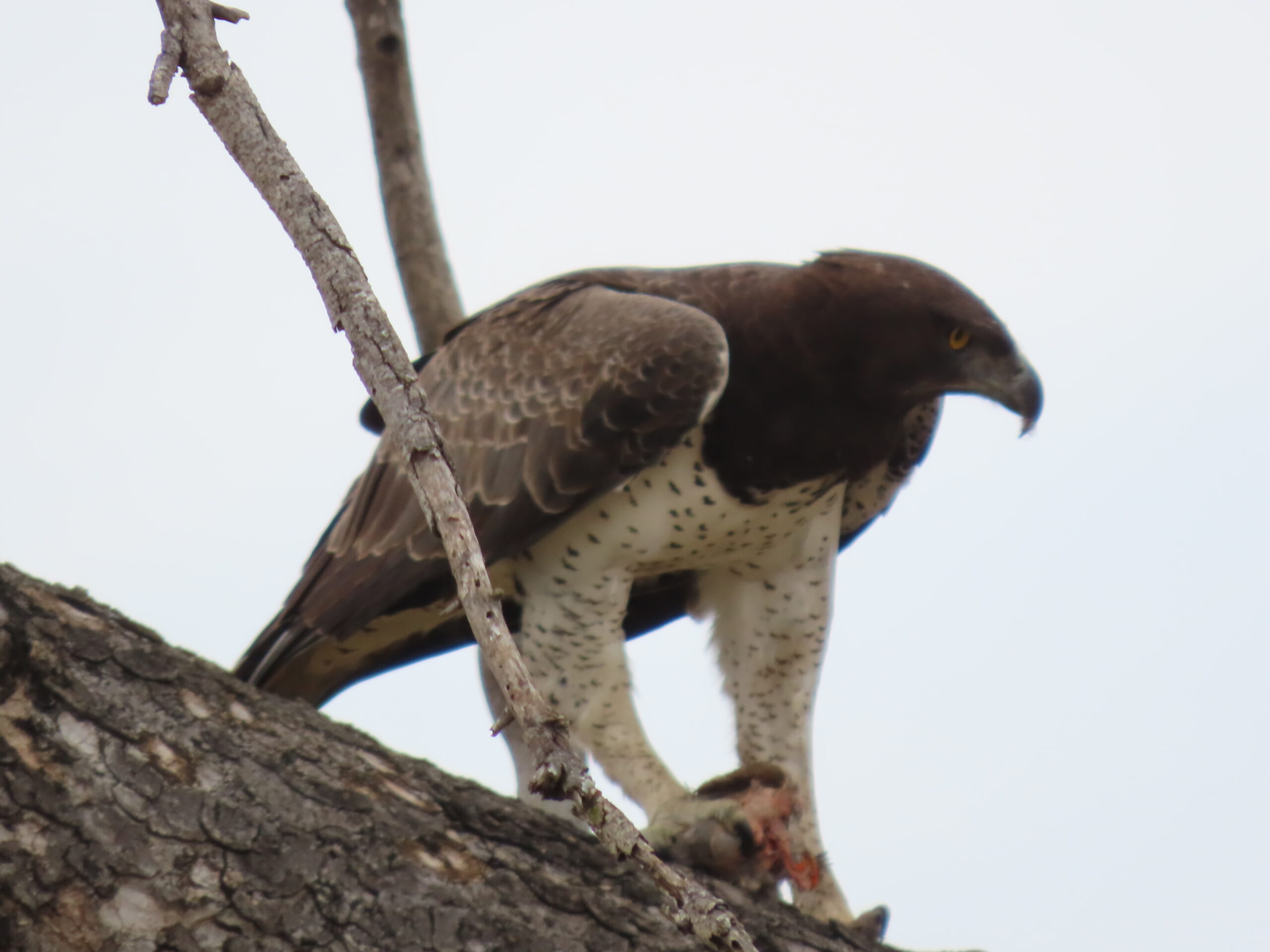

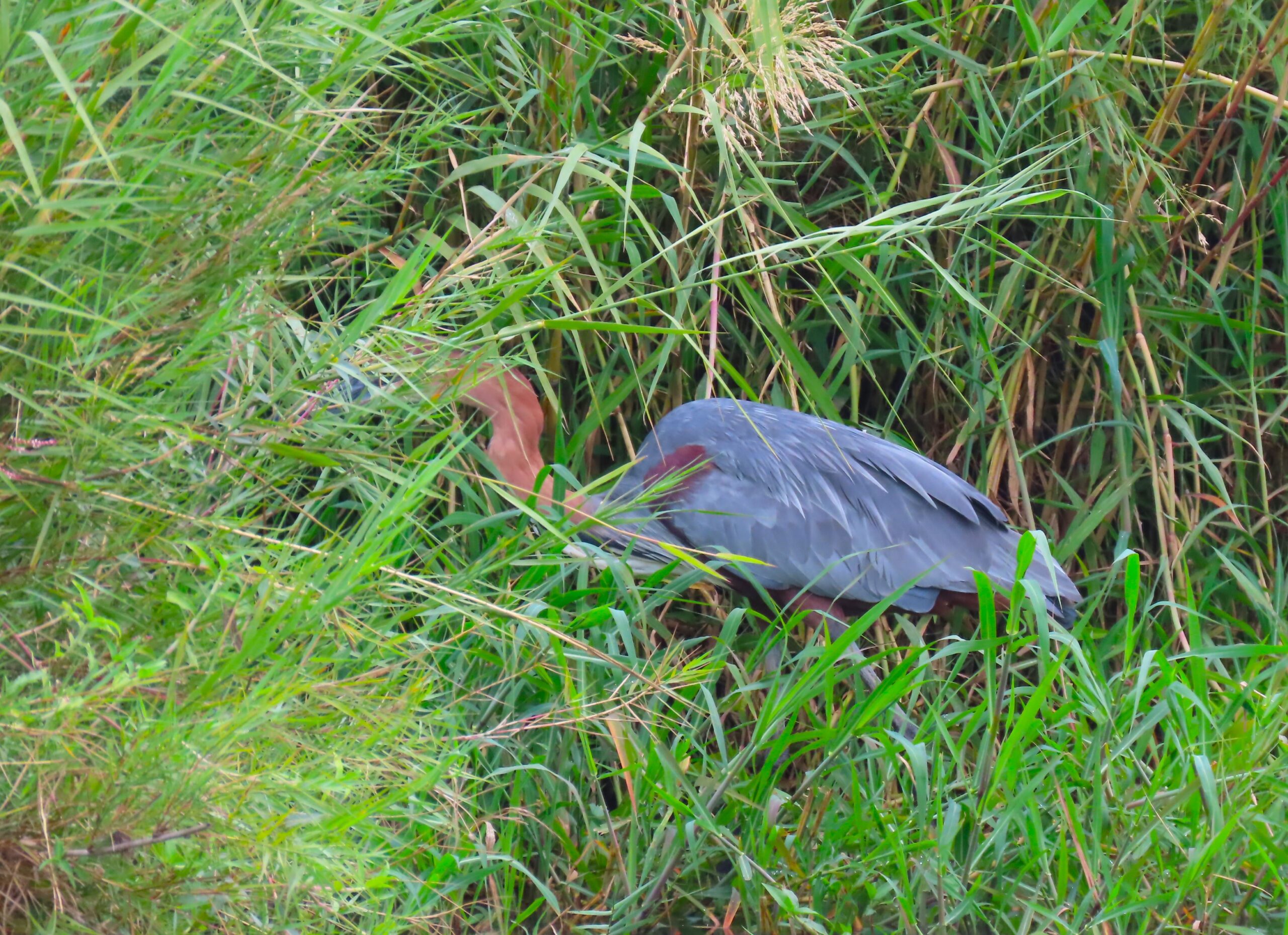






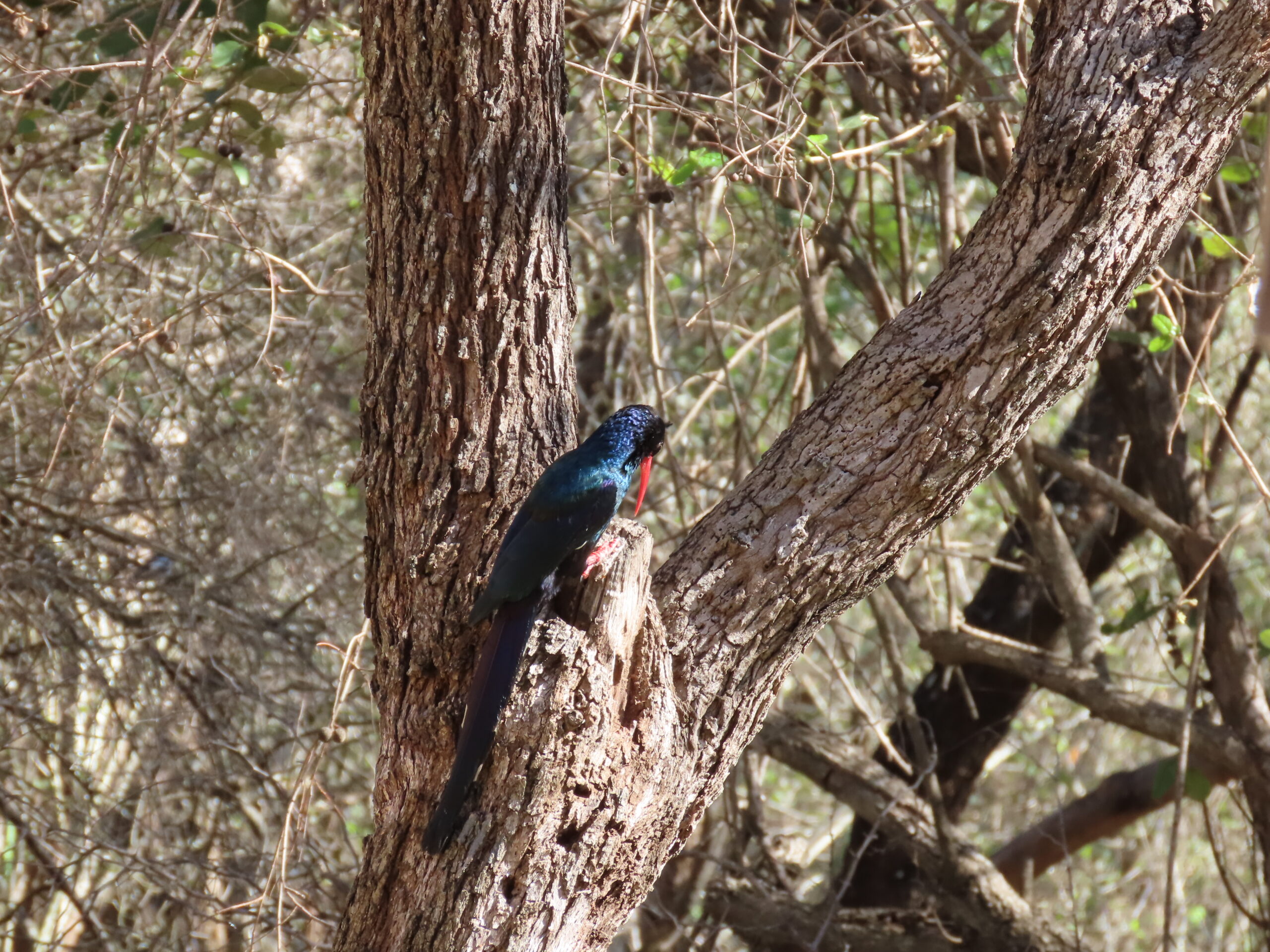
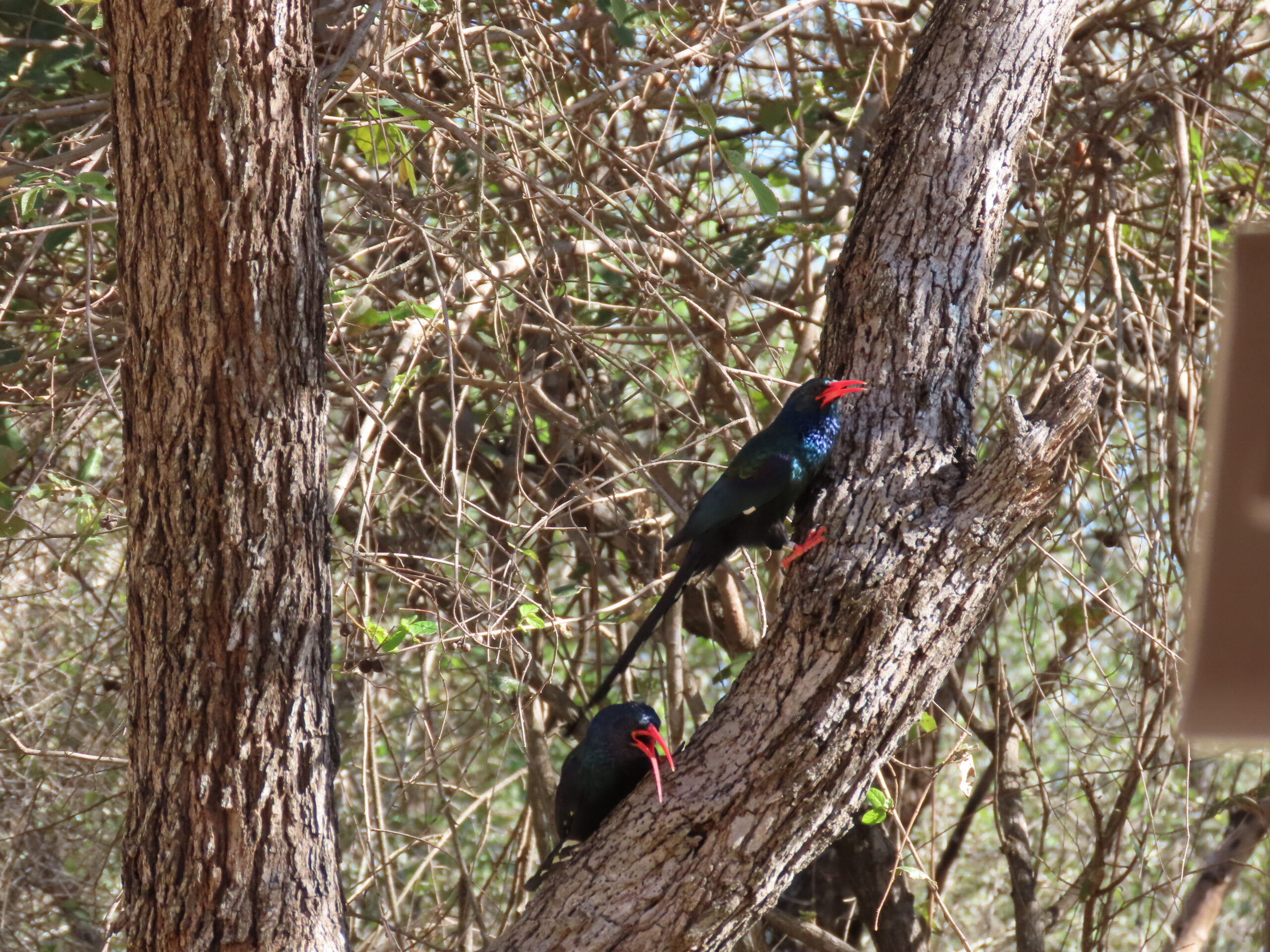















 Our photo of the black sparrowhawk when it took a break from devouring its kill.
Our photo of the black sparrowhawk when it took a break from devouring its kill.